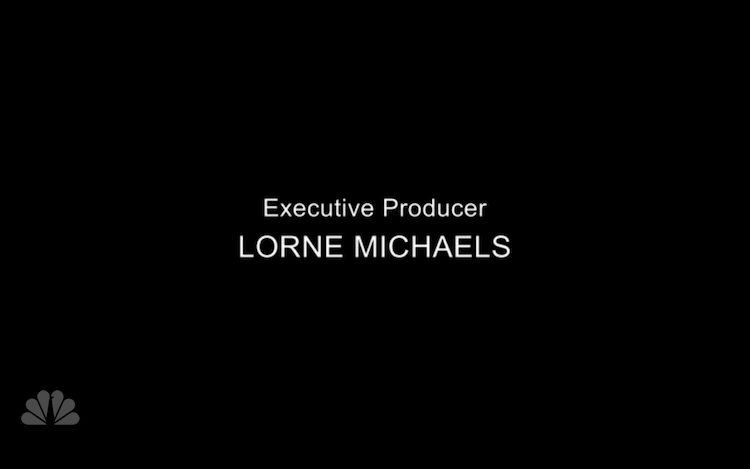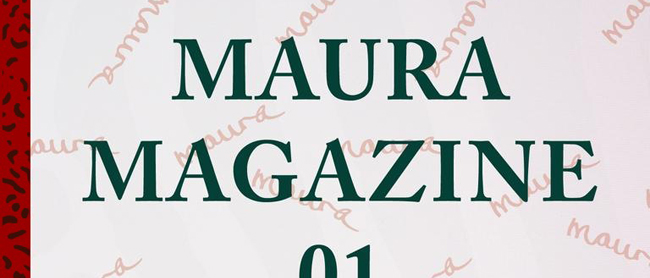
When I was in high school, we were all addicted to AOL Instant Messenger, which allowed you to use small images as your account’s icon, sort of a 48-pixel precursor to today’s profile pictures on Facebook and elsewhere. Usually you’d just download something — fake “buttons” that contextually mimicked the visuals of the program were all the rage — but much to the amusement of my friends (or some of them, at least) I was handy with Microsoft Paint. Instead, I hacked together a rough self-portrait caricature by clicking on individual pixels at the 800% zoom setting, and then pulled a series of head swaps to create variations like the one you’re seeing here — bond.bmp. (The clear “crowd favorite,” as it were, certainly seemed to be turtle.bmp, but personally I was also quite fond of ninja.bmp, devil.bmp, and dead.bmp, as well as a special edition which I used during the week-long beach trip we took together right after graduation.)
Sorry about that clunky intro, but there’s no other way those images were ever going to see the light of day. Anyway, I’ve just written an enormous feature for Grantland, parsing through the catalog of the James Bond theme songs in anticipation of the release of the newest film Skyfall on Friday.
From the outset, the idea was to rate and subsequently rank the songs using more sophisticated logic than simply “which song is the best” — for example, in a wild break from most of the other music writing I’ve done, we consider and even award points for the complexity of the music theory underneath the pop surface.
But I’d been also closely reading New York Times political statistician Nate Silver’s articles for months, and as election night drew nearer, the extremism of his predictions for an Obama win (all since proven correct, as you are likely aware) created a firestorm of controversy in the mainstream news coverage. He was inescapable, and consequently more of his approach was absorbed into my own writing than I could have predicted. I soon found myself writing about music in a ludicrously academic and mathematical fashion.
Considered on its own, the strength of the song roughly corresponds with that first expectation of artistic unimpeachability, the idea that a secret agent of Bond’s formidable aptitude should not be introduced by anything less than the finest entry music. But the smoldering remains of the music industry do still like to chase after popular success, so we also need to consider the prominence, popularity, and reach of each song — for our purposes here, this is a rough amalgam of sales numbers, chart positions, eventual cover versions, and more generally the extent to which the song can stand on its own as an independent cultural allusion many years after its initial release. (This also acts as an automatic populist counterweight of sorts against what would otherwise be an isolated critical opinion for strength — please remember that as you’re composing your angry tweets about this article.)
Using two numbers allows us to measure intrinsic quality separate from widespread success, but those are already valid metrics for every song in existence, and we’ve not yet accounted for the fact that this is a Bond theme, and thus just the latest tiny piece of a high-profile long-running whole; let’s see what we can do about that. The cleverest of the Bond pop songs are undoubtedly those that seamlessly incorporate a very specific melody, known among Bond music enthusiasts as the “suspense motif” — this is the slinky chromatic line that kicks in during the main title music, after the horns stop. If you listen carefully, you can hear it in the background at the beginning of the verses in Shirley Bassey’s “Goldfinger,” for example. This is what everyone thinks of as “the James Bond theme.” Constructing your pop song around the mathematical constraints of the suspense motif is the most fascinating compositional approach, but there are also other ways to “sound like a Bond theme,” so we’ll simply assign a third score here for cohesion, which is the extent to which a given song cooperates with the rest of the series.
This now gives us three scores instead of one for each of the Bond pop songs — roughly speaking, we now have separate numbers for each of those words: “Bond” (Cohesion), “pop” (Reach), and “song” (Strength). From these we can calculate an overall average which we hope will better reflect the effectiveness of each theme song using more reasonably balanced criteria than a simple gut reaction.
more
This continues apace for five thousand words. It’s easily one of the most demented things I’ve ever written, and I’m delighted that Grantland was willing to entertain it anyway.


 I wrote a feature for the BBC’s culture division about the various groups in New York who enjoy watching bad movies together.
I wrote a feature for the BBC’s culture division about the various groups in New York who enjoy watching bad movies together.
















